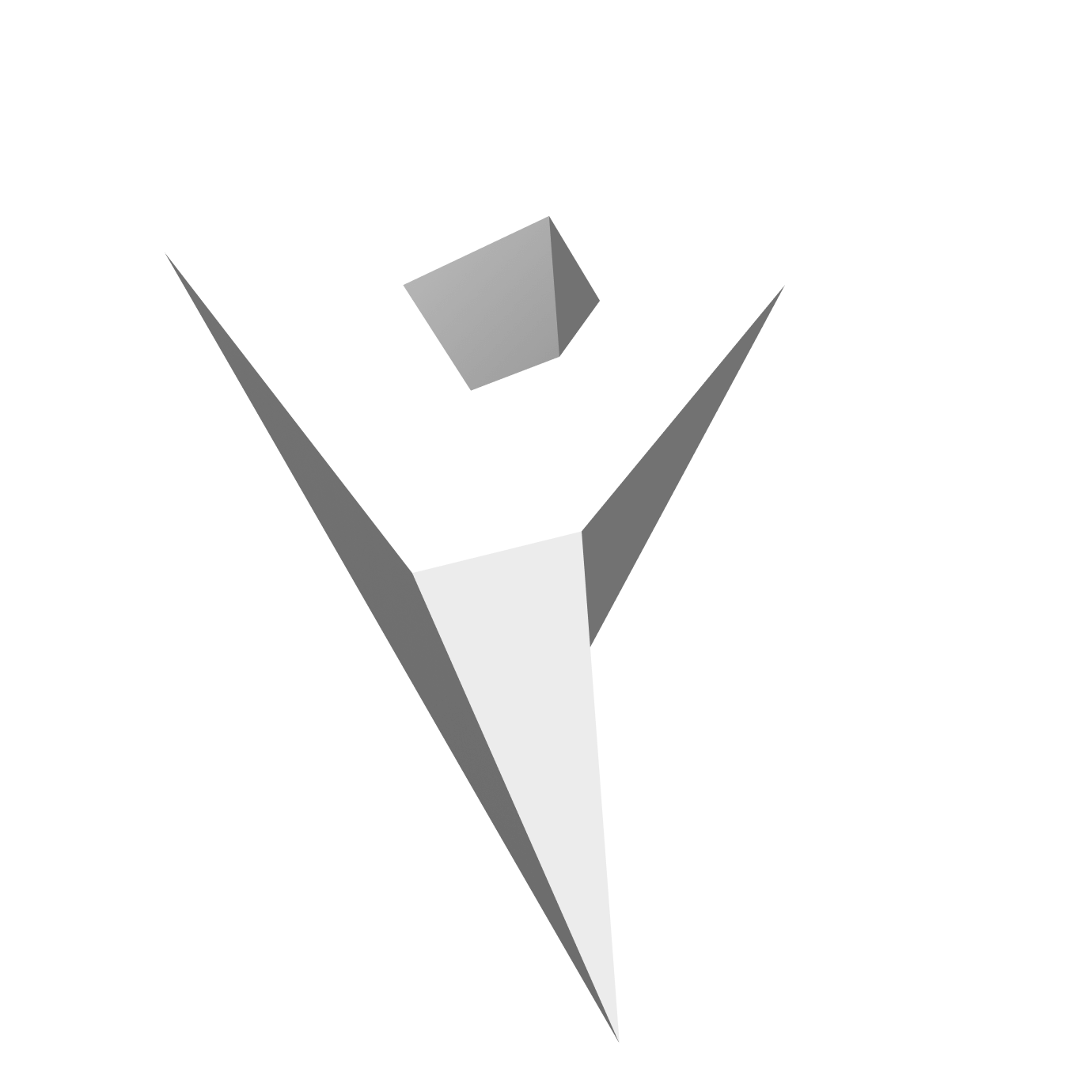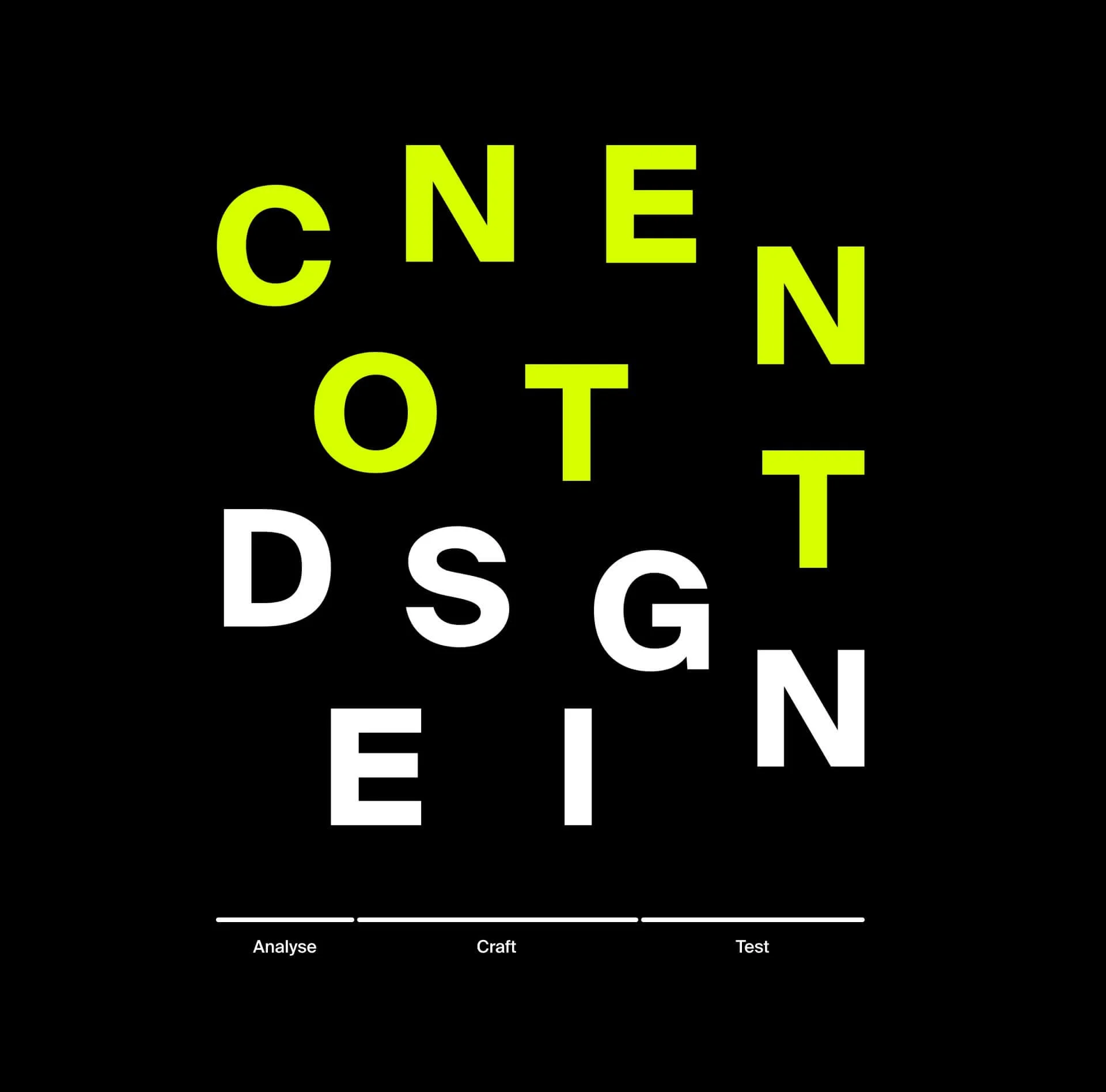Content Design
Writing is designing. A word is worth a thousand words.Good Design is Not Boring.
It is useful. It is usable. It is fun.
Today, platforms and systems have been built—we need to operationalise them to add continued value.
Content design is about using research to give the humans what they need, at the time they need it, and in a way they expect.
Why Content Design?
Effective communication is the key to any successful idea. By focusing on the needs of the users, leveraging data-driven insights, and crafting engaging content, content design has the power to transform the way we connect with our audience.
It answers real user needs. Content design builds upon a foundation of research to determine what users actually need, and when to provide those answers. Rather than pushing a solution onto users, we pinpoint specific pains and benefits that speak to them the most.
Measurable metrics. Content design demands a degree of real-world testing and iteration for us to iron out kinks, hone in language, and fill in gaps so that our work resonates best with users. By evaluating language, addressing gaps, and smoothing out any issues, we ensure that our content resonates with users in the most effective way possible. This data-driven approach not only enhances user satisfaction but also informs our content strategy to produce consistently high-quality results.
Content design adds to business and commercial value. Good content counts for little when it’s dull, hidden, or inaccessible to the people that matter most. Through the craft of content, we engage and create to influence business decisions.
Let’s educate, convince, and entertain through content design and stories.
A transferable practice across the various spaces of design. Every Space has a Story to Tell.
Know your audience and strategise better.
Content design encompasses both abstract and concrete aspects of design. It offers a versatile approach to improve various spaces of the design process.
By applying content design principles, we can effectively narrate strategies and value propositions, ensuring that our message is clearly understood and resonates with the target audience.
Additionally, content design helps simplify complex narratives, breaking down intricate concepts into easily digestible elements. This empowers users to grasp and navigate the information effortlessly, fostering better comprehension and engagement.
In organising taxonomies, content design provides a well-structured governing framework that enhances usability and accessibility. By implementing a logical and user-friendly hierarchy, we facilitate seamless navigation and information retrieval.
Content design also plays a crucial role in shaping end-to-end customer experiences. By weaving a coherent narrative throughout the customer journey, we create cohesive and memorable experiences that not only meets customer expectations but also fosters lasting connections and measurable relationships.
It serves as a powerful tool for optimising various design spaces, enabling businesses to connect with their customers effectively and deliver meaningful experiences.
Let’s design for tomorrow content consumptions.
🕹 Interactive Experiences—Dynamic content that are immersive and turn dreams into action.
🥽 Focused Consumption—Concentrated attention on singular forms of content on one platform.
🍩 Content Snacking—Bite-sized content that spark ideas and start conversations.
🎧 Secondary Consumption—Consumption of content, while being occupied with other main tasks.
Word Up, and Action.
Content Charrette—A discovery phase between weeks of research, audit, strategy and concepting.
Research and analysis
Jobs-to-be-done
Channels & customer lifecycle
Strategy, style, language, emotion
Content creation
Optimisation and content ops
Content Sprints—Learnings applied. We create content that works for the relevant channels. We involve real users in defining the overall strategy and content solutions. Comprehension and ideas tested.
Content Governance is systems documented—Ways of working, Writing styles, Comms pillars/calendars, Comms systems.
Content Design, for more effective and engaging futures.


